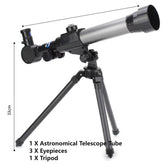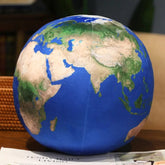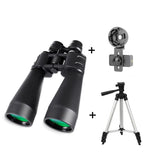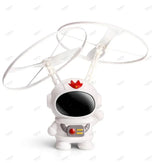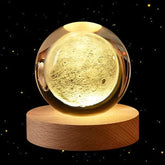Our Blue Oasis in the Cosmic Sea
Earth, the third planet from the Sun, is a remarkable world that stands out as a unique jewel in the vast expanse of our solar system and the broader cosmos. From an astronomical perspective, Earth’s distinctiveness is a blend of its physical characteristics, orbital dynamics, and its role as the cradle of life.
The Cosmic Address of Earth
Orbiting the Sun at an average distance of about 149.6 million kilometers (1 astronomical unit), Earth occupies a sweet spot in what astronomers call the “habitable zone” or the “Goldilocks zone.” This is the range where temperatures are just right for liquid water to exist—a key ingredient for life as we know it. Unlike the scorching surface of Mercury or the frozen plains of Mars, Earth’s orbit ensures a stable climate conducive to sustaining a complex biosphere.
Earth’s Structure and Magnetic Shield
Astronomically, Earth is a terrestrial planet composed primarily of rock and metal, featuring a differentiated internal structure: a dense iron-nickel core, a viscous mantle, and a solid crust. This internal layering drives the geodynamo effect, generating a powerful magnetic field. This magnetosphere acts as a shield, deflecting harmful solar and cosmic radiation, protecting our atmosphere, and preserving life. Without this magnetic field, Earth’s atmosphere would likely be stripped away by the solar wind, as scientists believe happened to Mars.
Atmospheric Composition and Light Scattering
Earth’s atmosphere is a dynamic mix of nitrogen, oxygen, and trace gases, creating the familiar blue sky by scattering shorter wavelengths of sunlight—a phenomenon known as Rayleigh scattering. This atmospheric blanket regulates temperature, facilitates weather, and enables the water cycle. From space, this thin veil of atmosphere appears as a fragile, shimmering halo encasing the planet, emphasizing its vulnerability in the cosmic environment.
The Earth-Moon System: A Celestial Dance
Earth’s only natural satellite, the Moon, is a fundamental companion influencing both astronomical and terrestrial phenomena. The Moon’s gravitational pull drives ocean tides, stabilizes Earth’s axial tilt, and hence moderates seasonal variations. This stability has been crucial for the evolution of complex ecosystems. Moreover, the Moon serves as a stepping stone for human exploration beyond Earth, offering insights into planetary formation and solar system history.
Earth in the Broader Galactic Context
Zooming out, Earth is part of the Solar System, itself located in the Orion Arm of the Milky Way galaxy, roughly 27,000 light-years from the galactic center. Within this spiraling galaxy of billions of stars, Earth’s existence is a reminder of how delicate and rare conditions for life might be. The search for “Earth-like” exoplanets in other star systems continues to drive astronomical research, seeking worlds that might share Earth’s habitability traits.
Final Thoughts
Earth is more than just our home planet—it is an extraordinary astronomical phenomenon. Its precise orbit, protective magnetic field, life-sustaining atmosphere, and the symbiotic relationship with its Moon combine to create a living world in a universe largely hostile to life. Understanding Earth through the lens of astronomy deepens our appreciation of this rare oasis in the cosmic ocean and underscores the importance of protecting it for future generations.







